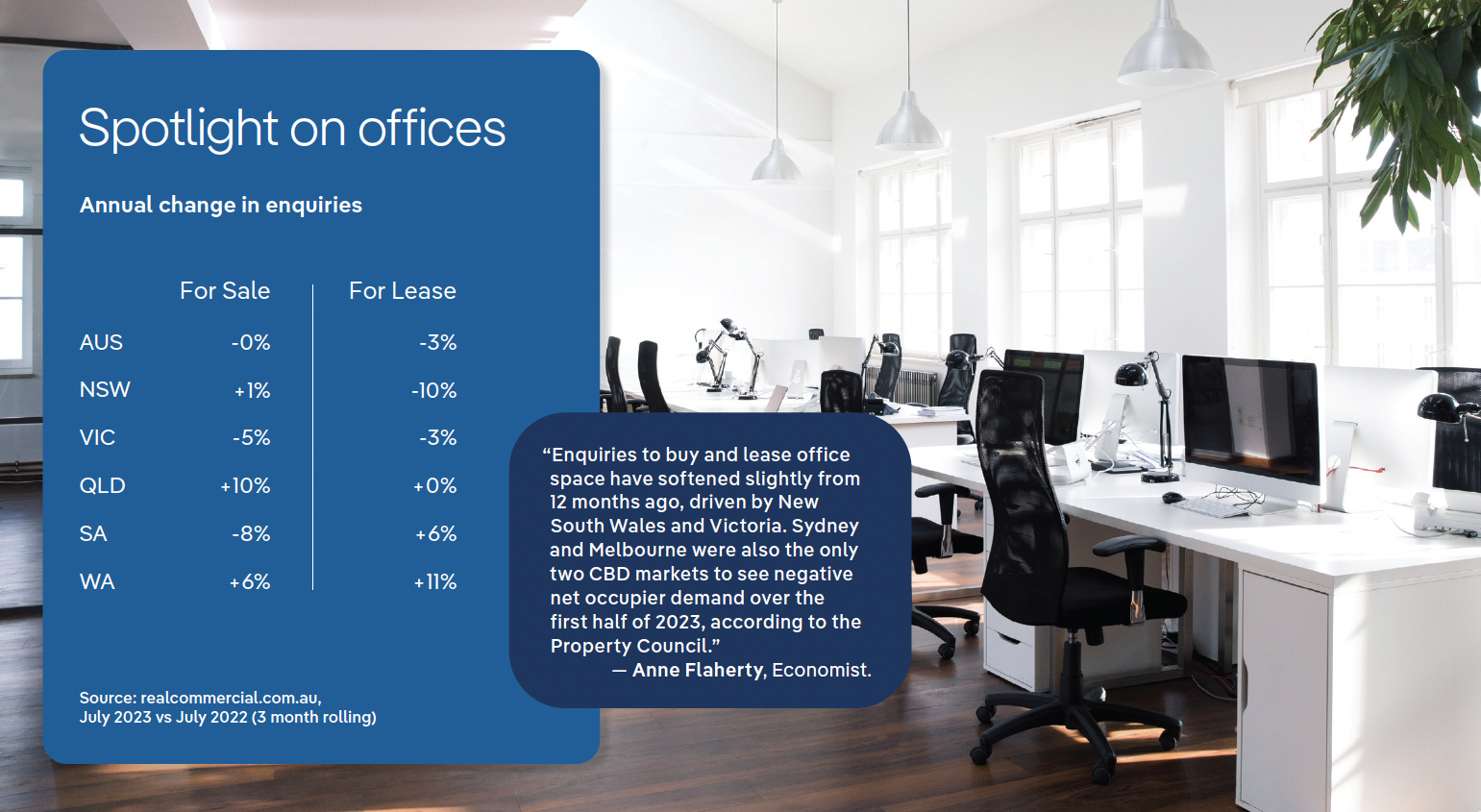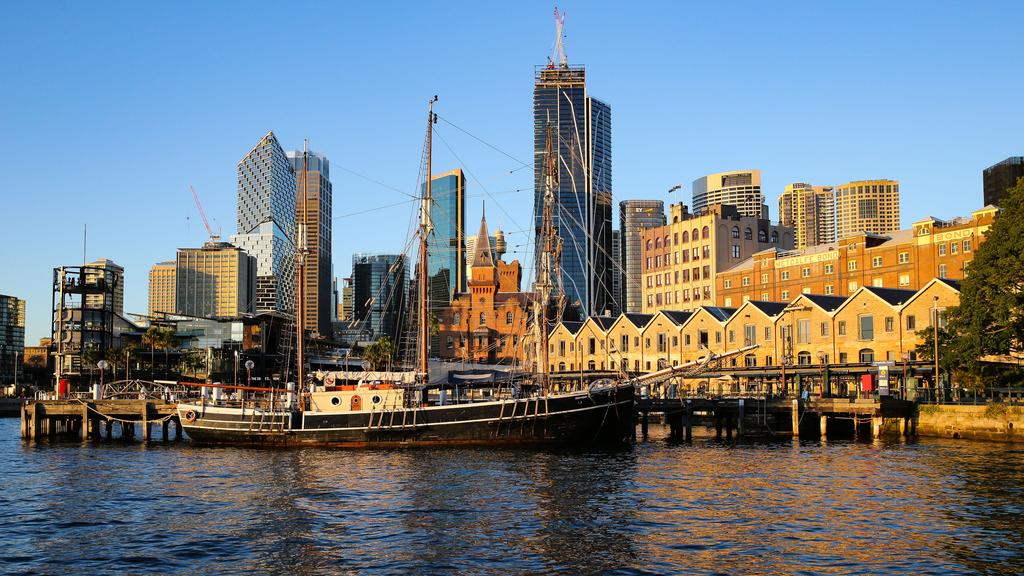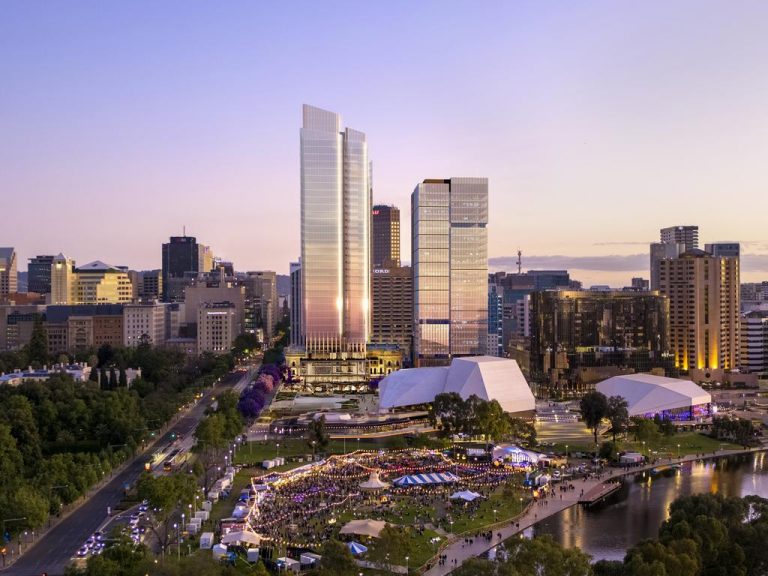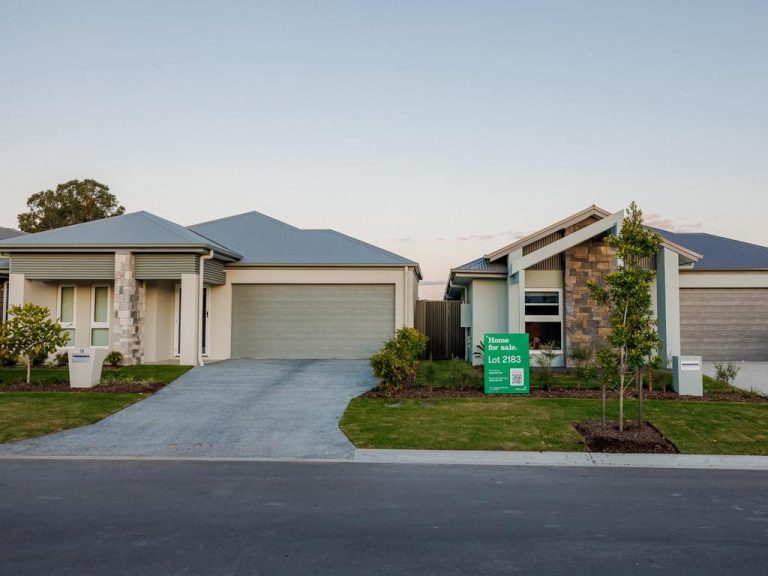Sustainable offices no longer a ‘nice to have’ but a ‘need to have’

Pressure is mounting for office landlords to upgrade their buildings as more businesses look to improve on sustainability.
Increasingly, companies are adopting Environmental and Social Governance (ESG) mandates that have direct implications for the physical premises they own or lease.
While new offices are being developed with target environmental ratings in mind, this is presenting a growing challenge for the owners of older buildings.
Even in the absence of ESG targets, office landlords are competing for tenants in an increasingly tough market.

National office vacancy has steadily risen since the onset of the pandemic, reaching 14.1% in July, according to the Property Council of Australia. This is the highest level of vacancy seen in nearly 30 years, with secondary grade offices accounting for a higher share of the empty space.
While it’s clear most businesses still value their offices, the post-pandemic normalisation of hybrid working has and continues to drive occupiers to reduce their space requirements.
For landlords, an additional challenge is that this trend has coincided with a significant boost to the total supply of office space.
Over the past three years, the supply of new office accommodation delivered across Australia’s CBD and suburban markets was well above historical average levels, with the majority of new stock premium or A grade.
For many tenants, this has created the perfect opportunity to move into higher quality offices and a building’s environmental credentials are becoming a key non-negotiable determinant of quality.
One such measure of sustainability is the National Australian Built Environment Rating System (NABERS), which has grown in importance over the past decade.

Tenants are prioritising premium and A-grade properties as more supply hits the market. Picture: NCA Newswire / Gaye Gerard
The increasing importance of NABERS was recently seen in the Victorian government’s pre-commitment to lease 18,600 square metres of office space at Victoria Place in East Melbourne.
Slated for completion later this year, Victoria Place was initially targeting a 5.5-Star NABERS rating but upped it to 6-Star in response to the state government’s interest.
Despite being the largest deal seen since 2019, it is below the 20,000 to 25,000 originally required and consistent with the broader trend that has seen the Victorian government significantly slash its overall office footprint.
The demand to lease higher rated NABERS offices has also been seen on realcommercial.com.au. Among those specifying a NABERS rating as part of a search to lease office space, the proportion looking for a minimum 5-Star rating has risen from 25 per cent in 2020 to 40% in 2023.
JLL estimate just 56% of Australian offices had a NABERS rating in December 2022 and this is contributing to the widening performance of office assets.
As more businesses adopt sustainability targets and pay increasing attention to the environmental credentials of their offices, this is likely to exacerbate the underperformance of buildings with no or low ratings.
In response, many landlords will need to upgrade their buildings or face higher vacancy risk and slower rent growth.







